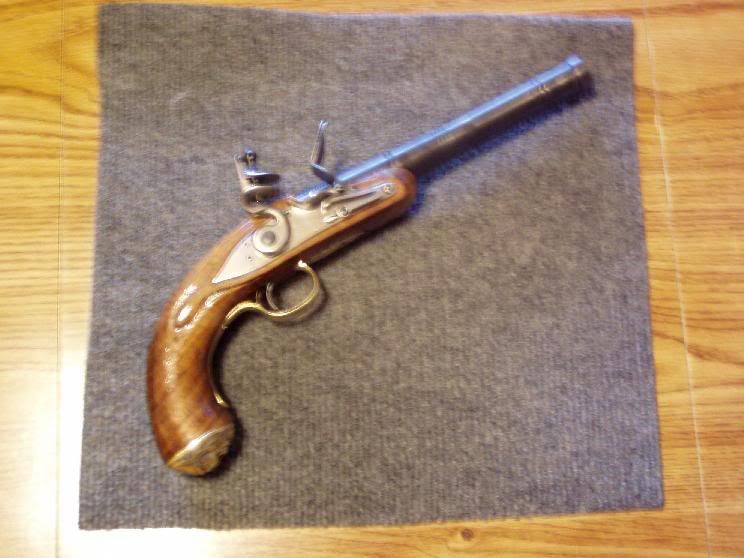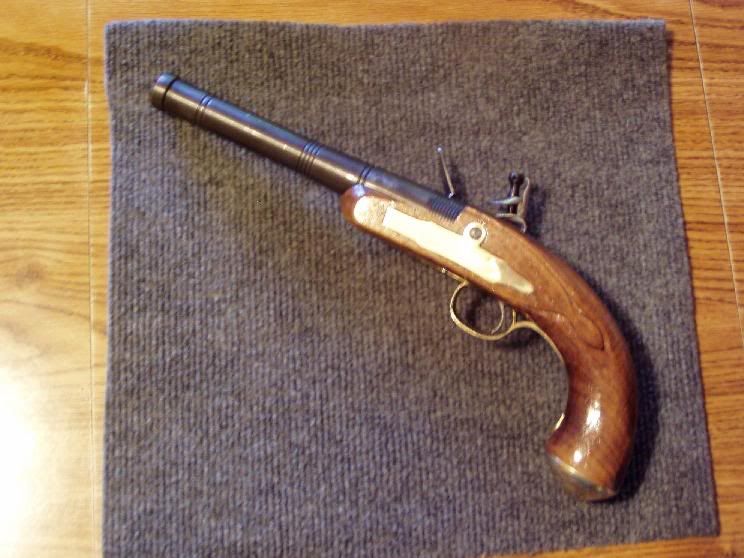WestCoast: As I mentioned, it's been years sense I built one of these, but as I recall it is pretty straight forward.
The typical try the part to see how it fits, then carefully remove the offending piece of wood a little at a time and keep rechecking the fit.
I think most (if not all) of the fitting can be done by sanding but there may be some tight fits in the triggerguard mortice and the barrel tang mortice.
Before attacking the wood, look at the metal part. Sometimes it is easier to file just a little off of the metal than it is to try to remove a few thousanths from the wood. This is especially true of trigger guards and side plates which fit down into deep mortices.
On this gun, the barrel tang screw is the only thing which keeps the barrel in place so make sure the tang seats out on the bottom of the mortice with perhaps a little tightness between the forward part of the stock and the underside of the barrel. That way when the tang screw is tightened, the barrel will be forced down tight in this forward area.
Another poster mentioned the loose fit of the barrel in his stock and I suspect this was caused by someone removing too much wood from the stock at its forward interface with the barrel. Simply put, keep the barrel fit tight.
The wood screws which hold the grip cap, the trigger guard and the forward end of the lock in place are too small to pre-drill but if you have an awl (or ice pick) a little push will make a good starting place for the screws.
Actually, when dealing with walnut, installing wood screws is a fairly easy task. It is even easier if you lubricate the screw threads with some dry bar soap before screwing them in.
Because the stock is walnut, it shouldn't need any staining. It also has a very "open" grain. If you like the open grain texture you can simply oil or True Oil the wood after the final sanding.
If you want a smooth surface you may want to fill the grain.
Birchwood Casey markets a good product for filling the walnut grain and most Gun Stores carry it.
If you want a smooth Deep look, you can apply 8 to 15 coats of True Oil sanding very lightly between the first 6 or so coats. This will fill the grain with the transparent true oil. After applying the finishing coats you will have a smooth gloss finish but will be able to see clear down to the bottom of the grain pockets.
If you run into difficulties, just post the problem and the Forum members will be there to help you.










